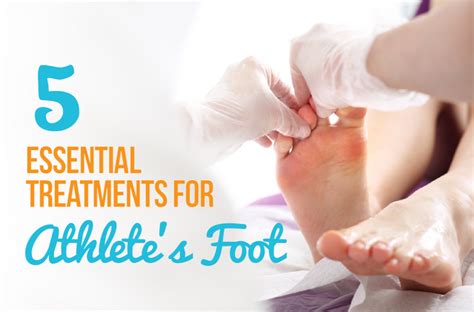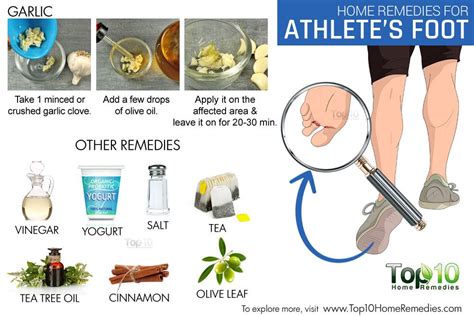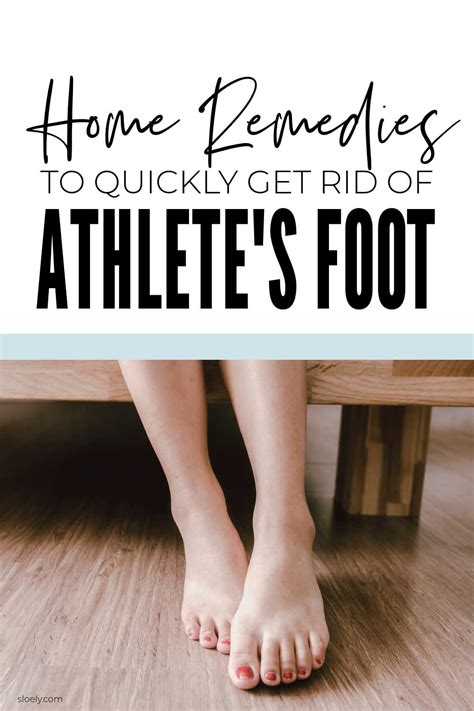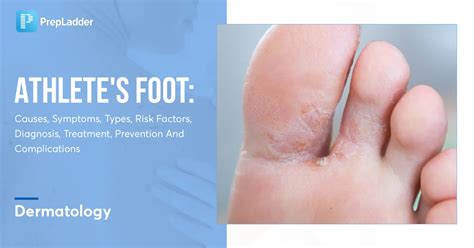Intro
Effectively treat athletes foot with proven remedies, managing fungal infections, itching, and foot odor, using antifungal treatments and preventative measures.
Athlete's foot, also known as tinea pedis, is a common fungal infection that affects millions of people worldwide. It is highly contagious and can be spread through direct contact with an infected person or by walking barefoot in areas where the fungus is present. The infection typically affects the skin on the feet, causing symptoms such as itching, burning, and cracking. If left untreated, athlete's foot can lead to more severe complications, including bacterial infections and the spread of the fungus to other parts of the body. Therefore, it is essential to treat athlete's foot effectively to prevent long-term damage and promote overall foot health.
The importance of treating athlete's foot cannot be overstated. Not only can the infection cause significant discomfort and pain, but it can also have a substantial impact on a person's quality of life. Athlete's foot can make everyday activities, such as walking or exercising, extremely painful and uncomfortable. Furthermore, if left untreated, the infection can spread to other parts of the body, including the hands, face, and scalp. This highlights the need for effective treatment options that can help to eliminate the fungus and prevent future infections.
In addition to the physical symptoms, athlete's foot can also have a significant emotional and psychological impact on individuals. The infection can cause feelings of embarrassment and self-consciousness, particularly if it is severe or persistent. This can lead to social isolation and a reluctance to engage in activities that involve exposing the feet, such as swimming or going to the beach. Effective treatment of athlete's foot is therefore crucial not only for physical health but also for emotional and mental well-being.
Treating Athlete's Foot with Medications

When using medications to treat athlete's foot, it is essential to follow the instructions carefully and complete the full course of treatment. This will help to ensure that the fungus is fully eliminated and reduce the risk of future infections. Additionally, it is crucial to maintain good foot hygiene, including washing the feet regularly and drying them thoroughly, particularly between the toes. This will help to prevent the fungus from spreading and reduce the risk of reinfection.
Benefits of Medications
The benefits of using medications to treat athlete's foot are numerous. Not only can medications help to eliminate the fungus and prevent future infections, but they can also provide quick and effective relief from symptoms. Topical creams and ointments can be applied directly to the affected area, providing fast and targeted relief from itching, burning, and cracking. Oral medications can also be effective in treating more severe cases of athlete's foot, particularly when used in combination with topical treatments.Some of the key benefits of using medications to treat athlete's foot include:
- Fast and effective relief from symptoms
- Targeted treatment of the affected area
- Reduced risk of future infections
- Improved foot hygiene and overall foot health
- Quick and easy application of topical creams and ointments
Home Remedies for Athlete's Foot

Preventing Athlete's Foot
Preventing athlete's foot is crucial to reducing the risk of infection and promoting overall foot health. There are several steps that can be taken to prevent athlete's foot, including: * Practicing good foot hygiene: This includes washing the feet regularly and drying them thoroughly, particularly between the toes. * Wearing breathable shoes: Wearing shoes that allow for airflow can help to reduce the risk of fungal growth. * Using antifungal powders or sprays: These can be applied to the feet and shoes to help prevent fungal growth. * Avoiding sharing personal items: Sharing personal items, such as towels or socks, can increase the risk of spreading the fungus.Natural Treatments for Athlete's Foot

Benefits of Natural Treatments
The benefits of using natural treatments to treat athlete's foot are numerous. Not only can natural treatments provide effective relief from symptoms, but they can also be gentler on the skin than medications. Some of the key benefits of using natural treatments include: * Gentle on the skin * Effective relief from symptoms * Reduced risk of side effects * Promotes overall foot health * Can be used in conjunction with medicationsComplications of Athlete's Foot

Managing Complications
Managing complications of athlete's foot is crucial to preventing long-term damage and promoting overall foot health. This can include: * Seeking medical attention: If complications arise, it is essential to seek medical attention to prevent further complications. * Practicing good foot hygiene: Practicing good foot hygiene, including washing the feet regularly and drying them thoroughly, can help to prevent complications. * Using medications: Medications, such as antibiotics or antifungals, can be used to treat complications, such as bacterial infections or fungal nail infections. * Wearing protective footwear: Wearing protective footwear, such as shoes or socks, can help to prevent complications, such as skin cracks or fungal infections.Conclusion and Future Directions

We invite you to share your thoughts and experiences with athlete's foot in the comments section below. Have you tried any of the treatment options mentioned in this article? What were your results? Do you have any questions or concerns about athlete's foot? We are here to help and look forward to hearing from you.
What is athlete's foot?
+Athlete's foot, also known as tinea pedis, is a common fungal infection that affects the skin on the feet.
How is athlete's foot treated?
+Athlete's foot can be treated with medications, home remedies, and natural treatments, including topical creams, oral medications, and antifungal powders or sprays.
Can athlete's foot be prevented?
+Yes, athlete's foot can be prevented by practicing good foot hygiene, including washing the feet regularly and drying them thoroughly, and using antifungal powders or sprays.
What are the complications of athlete's foot?
+If left untreated, athlete's foot can lead to several complications, including bacterial infections, fungal nail infections, skin cracks, and allergic reactions.
How can I manage athlete's foot complications?
+Managing complications of athlete's foot involves seeking medical attention, practicing good foot hygiene, using medications, and wearing protective footwear.
